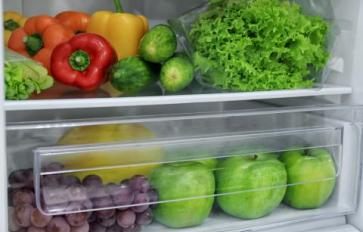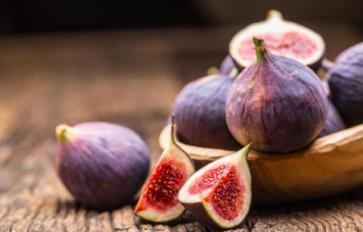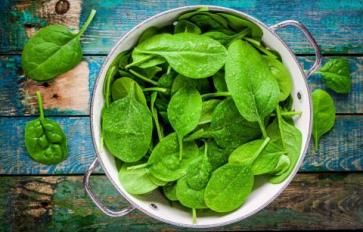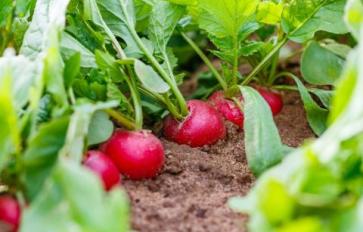
How to Maximize the Nutritional Value of Food and Save Money
Food is at its highest nutritional value when straight off the vine or branch or out of the ground, right? This is why we all love farm fresh foods. We all know that food loses something special when it gets loaded onto trucks and sits in the grocery store, though often we can't avoid such fate for our food. The best thing we can do is also one of the simplest – choose the freshest possible produce at the best price. The trick with all those juicy vitamins and enzymes is to keep as many as possible viable, because they are what our bodies really want out of the food. Several factors increase the loss of nutrients, and by the same token, taste - those factors are time, heat and water. So how do we maximize the nutritional value of food while saving the flavor and lowering our budget while we are at it?
First, Let's Look at Time
As I always say, “fresh is best.” The closest we can get to the source of our food, the better the food will be for us. The fresher it is, the more enzymes, vitamins and minerals present, and the better the flavor. Sometimes searching for fresher food means spending more money, but it doesn't have to. More and more communities are growing gardens together. Farmer’s markets are more popular than ever (especially in the warmer months) and local markets are starting to stock “local” items fresh from the farmers, many times at more than reasonable prices.
Getting in on growing with the neighbors means not only fresher food, but connection, community, and often close to “free” food – as so much bulk comes from so little investment. The biggest payment you will make in this case is with your body, helping to weed and harvest the fruits and veggies. This way, at least you know they are fresh and there is nothing more healing than getting your hands in the soil!
Don't forget neighbors and your own backyard. Usually when you plant something you end up with excess, no? Well so do your neighbors. What better reason for getting to know who is living around you and what they are growing this year in their garden? Sharing both information and simple upkeep can strengthen friendships and maximize the nutritional content in food that is so often lost through the time it sits on trucks and supermarket shelves.
The time we spend looking for the freshest places to procure our food is time well spent, and usually saves money, too. Fresh food means higher nutritional content, and therefore less health problems from eating less than the best later on. Besides, foods on the supermarket shelves have often been sprayed with harmful chemicals or are genetically modified into who knows what?! Doesn't it make sense to trace the food you will feed your family as close to the source as possible?
Time counts. Not only in growth and how long food waits before it is used, but also in cooking and preparation. The less time food sits in heat (especially over 200 degrees Fahrenheit), the better. (We talk about this next.)
Time to Beat the Heat
We all love our cooked foods. Even if we have read about or experienced raw food benefits, many of us have still managed to justify the reality and comfort of cooking our food. Research tells us cooking vegetables over 200 degrees Fahrenheit kills the vitamins and minerals, but how many of us boil, steam, bake (or nuke) our meals? Water boils at 212 degrees. Steaming occurs at 232 degrees. Baking....well we all know starts around 325. And the hottest of all – the microwave – literally blasts food with temperatures ranging between 400 and 1200 degrees Fahrenheit! What?!
The best way to maintain the nutrients in food is to keep heat below 200 degrees. This is where many raw-foodists implore the dehydrator, which heats slowly at around 185. The oven works between 185-200, just most folks haven't tried it this low.








